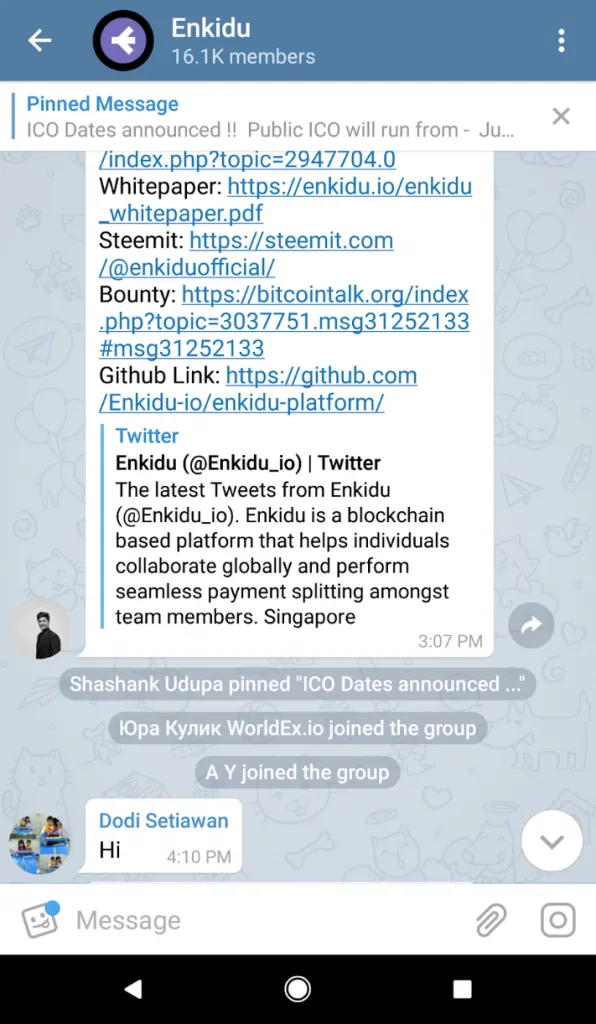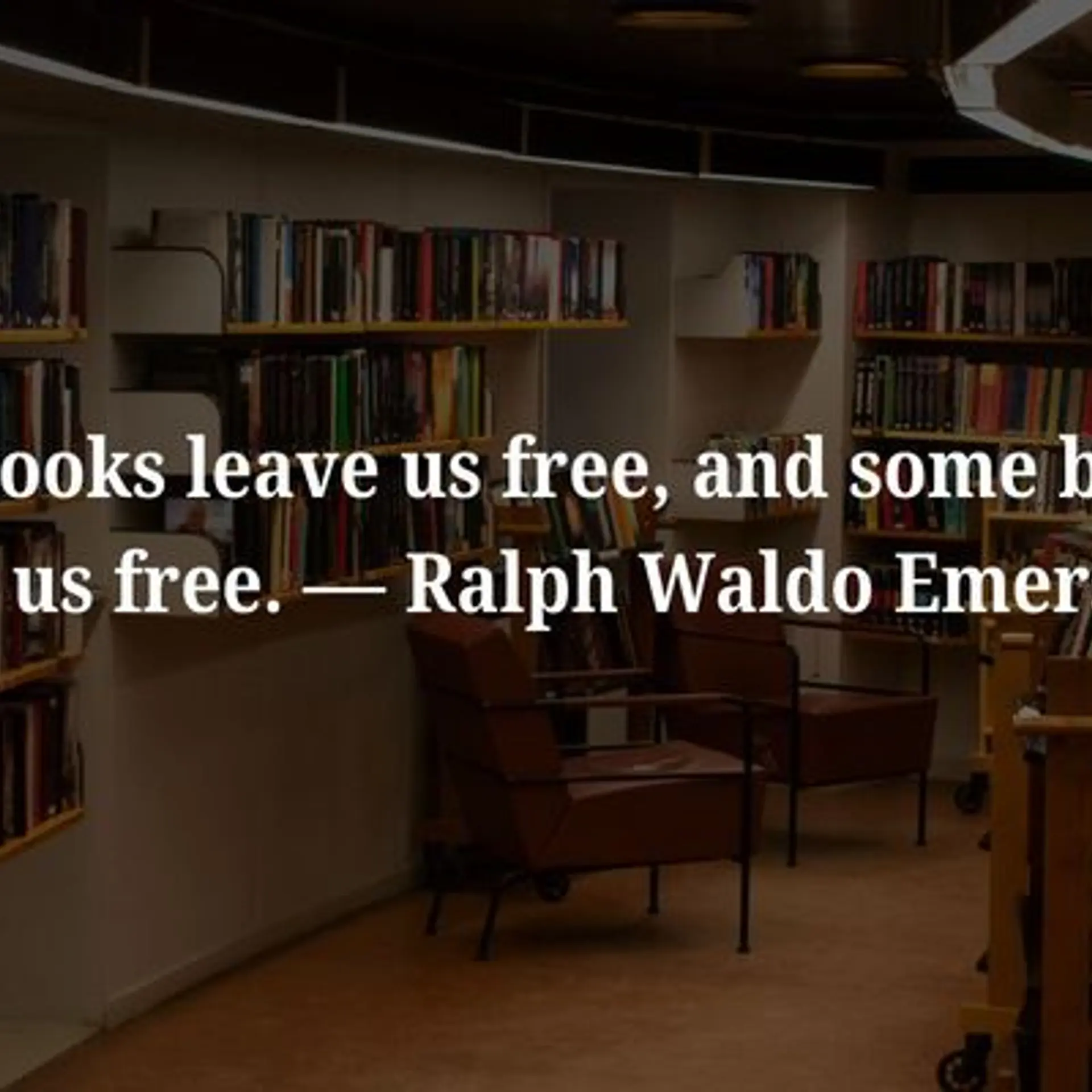2018’s most insane marketing techniques and growth hacks | Part Two: Panchayats
This is part two of a three-part series on the latest techniques in growth marketing. For Part 1, click here. In Part 2, we’re going to talk about another marketing technique that has now become the norm in the cryptocurrency world – digital ‘panchayats’.
We’ve reached an age where what the world needs most from companies is transparency. Currently, the hottest topic in marketing is “content marketing” and as I’ve mentioned before, sales is merging with marketing for small products.
While running our own ICO, we witnessed a new type of marketing and buyer engagement. My team has been talking non-stop about how this is going to revolutionize businesses, so I thought I’d spark a debate around it.
The concept of a digital Panchayat is simple – you create a Whatsapp or Telegram group (Telegram is a Whatsapp competitor) and allow everyone potentially interested in your business to join in.
Hire a few moderators who answer any questions members of the group might have. A lot of users might have repetitive questions, and there are bots out there you can install who can answer these questions from an FAQ sheet. Cryptocurrency offering owners started this trend, using Telegram as a medium to build a community.

A lot of business owners might be raising their eyebrows at this. “Why would I want to potentially sabotage my business by allowing everyone and anyone to post reviews, ratings, spam, and more in a publicly available forum? What is the benefit even?”
Two-fold, actually. One, audiences love transparency. Until now, businesses have been largely unreachable. Amazon changed that with the introduction of world-class customer service, and customers are loyal to Amazon for this one reason. On Telegram, the individuals in a business are directly reachable, and customers love that! A business is no longer a monolithic entity that sends out automated responses to a customer’s pains but is able to engage with them on an individual level. It’s like being able to send WhatsApp messages to the seller of the shoes you just bought, telling him to change the order from a Size 9 to a Size 8, with an immediate, direct response. Customer service becomes very easy.
In one example, we helped a client cut down on customer service costs by more than half, simply because their customer support reps now just had to send WhatsApp texts to customers instead of hopping on to a phone call. It’s like texting a friend. It’s easy, it’s convenient, and you can do it from anywhere, removing the need for call centres. “Indian audiences want to get on a call if they have a problem” is a typical rebuttal to this, but in my experience, Indian audiences are even more comfortable with WhatsApp! No more long call waiting times or dialling numbers till you reach an operative is a win-win for both company and customers.
This also opens the floodgate to spam and naysayers. Since anyone can enter the Panchayat, a lot of spammers selling their own services can make their way inside and naysayers can keep saying “this business sucks” repeatedly. Vigilant moderators, armed with bots that are on the lookout for spammy behaviour, can keep the streets clean. Customers will understand spammy behaviour soon enough.
The second reason you should consider building a Whatsapp or Telegram community is the immediacy of reach. This article is about marketing, not customer support. Why would I bring something that seems like a customer support solution into a conversation about marketing?
The answer is simple – every announcement that you make is seen by 100 percent of your audience, on their phones, on a platform they use all the time.
100 percent reach to your existing audience. Let that sink in.
On Telegram, when you “pin” an announcement, every single member of your community sees the pinned message and gets a notification. Whether it’s an offer you are running or feedback you need, you as a business get results immediately. Most members of your group, whether on Whatsapp or Telegram, will keep the group on mute. Nobody wants constant notifications and will reach out to you only when they have a problem or for encouragement/abuse. Pinning an announcement is a sure-shot way to get your entire community to respond, but use it sparingly.
To businesses that are scared of doing this, remember that there are many social platforms where users can give feedback and reviews, and most of these are transparent. It makes sense to just take responsibility and build your own community where everyone’s voice is heard. A lot of businesses realise this and are attempting to do it with Facebook groups. Telegram and WhatsApp are leagues better, and much more personal! Our own ICO has a Telegram channel that we’ve grown over time. With 16,100 (and growing members), here’s what a daily discussion on Enkidu’s group looks like:

To get an idea of how a Panchayat like this functions, you can join our Telegram group here. You’ll quickly understand how it’s structured and what conversations take place.
The group has everything from memes that use Enkidu ICO’s logos to serious discussions on how we can make the community a better place. Our audience loves the transparency and integrity that a Telegram channel brings. Community-driven marketing is the future. Just make sure you watch out for the trolls!
(Disclaimer: The views and opinions expressed in this article are those of the author and do not necessarily reflect the views of YourStory.)







